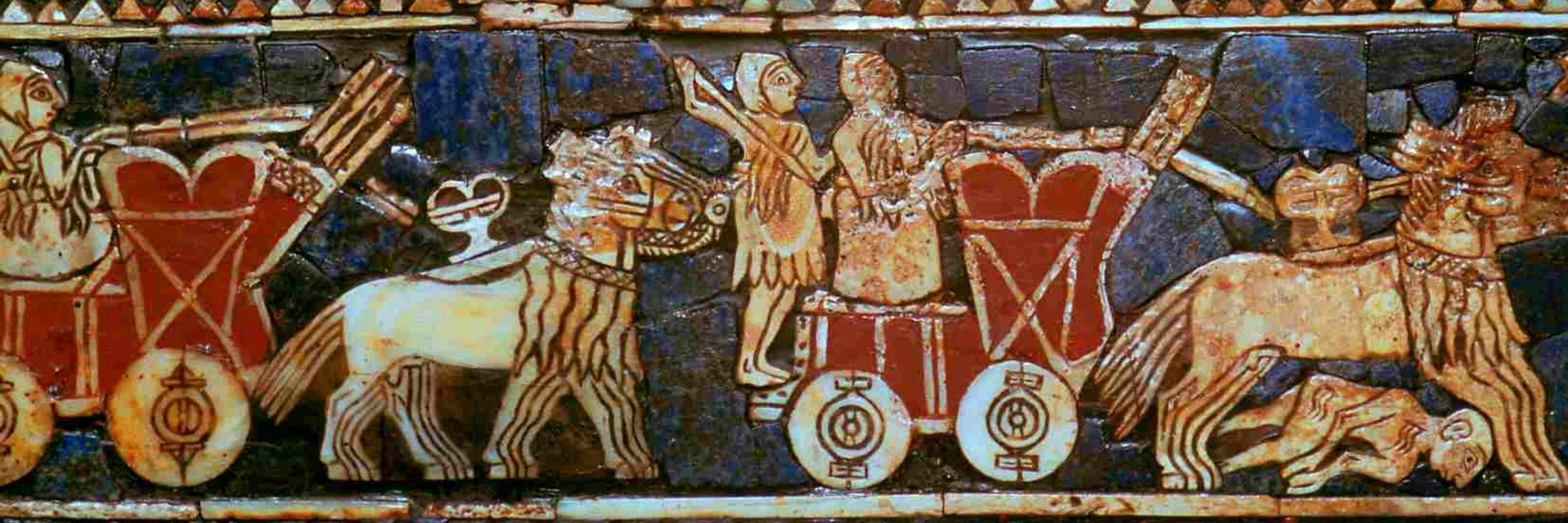
Institut Jacques Monod, Paris
Studying human and animal evolution from a biological and historical perspective using ancient genomes.
#paleogenomics, #aDNA, #genomics, #domestication
Similar to how one can impute modern East Asian genomes with European ref panels - despite the split 10kys ago.

📆 Jusqu'au 16 décembre 2024
📍 Hall A des Grands Moulins / Université Paris Cité
Il reste encore 1 semaine pour visiter AGRIPOP, une exposition mise en place par l'équipe "Épigénome & Paléogénome” (@thierrygrange.bsky.social) de l’@ijmonod.bsky.social !
🔗https://urls.fr/HPX142

📆 Jusqu'au 16 décembre 2024
📍 Hall A des Grands Moulins / Université Paris Cité
Il reste encore 1 semaine pour visiter AGRIPOP, une exposition mise en place par l'équipe "Épigénome & Paléogénome” (@thierrygrange.bsky.social) de l’@ijmonod.bsky.social !
🔗https://urls.fr/HPX142

#Evolution
🧬🖥️ Reposting a scientific exchange with a colleague who proposes paleospecies and who is not willing to be challenged about what he is doing and prefers to block posts to silence the disagreements.
#Evolution
🧬🖥️ Reposting a scientific exchange with a colleague who proposes paleospecies and who is not willing to be challenged about what he is doing and prefers to block posts to silence the disagreements.
If you are in Paris before December 16th and are interested in the #Neolithic and #Paleogenomics, you can visit the exhibition Eva-Maria Geigl and myself organized: AGRIPOP 1/10
culture.u-paris.fr/actualites/a...
If you are in Paris before December 16th and are interested in the #Neolithic and #Paleogenomics, you can visit the exhibition Eva-Maria Geigl and myself organized: AGRIPOP 1/10
culture.u-paris.fr/actualites/a...
If you are in Paris before December 16th and are interested in the #Neolithic and #Paleogenomics, you can visit the exhibition Eva-Maria Geigl and myself organized: AGRIPOP 1/10
culture.u-paris.fr/actualites/a...
If you are in Paris before December 16th and are interested in the #Neolithic and #Paleogenomics, you can visit the exhibition Eva-Maria Geigl and myself organized: AGRIPOP 1/10
culture.u-paris.fr/actualites/a...
Emilia Huerta-Sanchez for making this possible! Check it out 🔎🧬
www.nature.com/articles/s41...
🔎Here's the free link:
rdcu.be/dY9G1

🧪 ⚒️ #Paleobio 🖥️🧬🏺

🧪 ⚒️ #Paleobio 🖥️🧬🏺
La liberté académique, la sérendipité & la recherche curieuse et désintéressée sont à l'origine des plus grandes découvertes.
Macron vient d'achever la recherche fondamentale
Two new pre-print is online from our lab!
1) We benchmark the accuracy of widely kinship methods in low-coverage #ancientdna data.
www.biorxiv.org/content/10.1...
2) We explore the effect of preprocessing steps in aDNA studies and we release bamRefine.
www.biorxiv.org/content/10.1...




theconversation.com/homo-sapiens...
theconversation.com/homo-sapiens...
ecoevocommunity.nature.com/posts/crimea...
ecoevocommunity.nature.com/posts/crimea...








